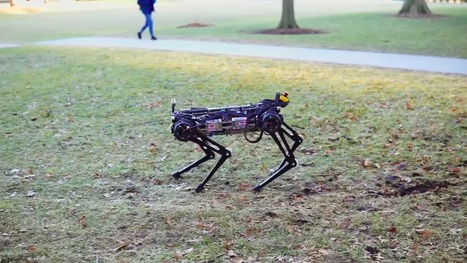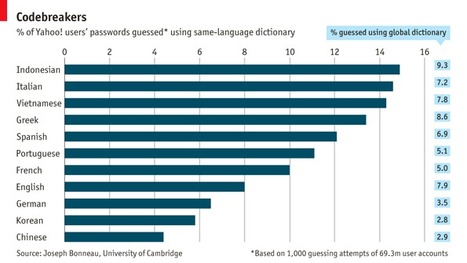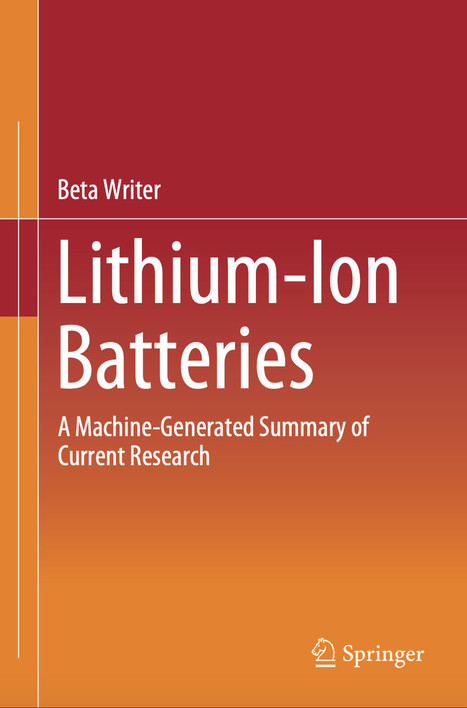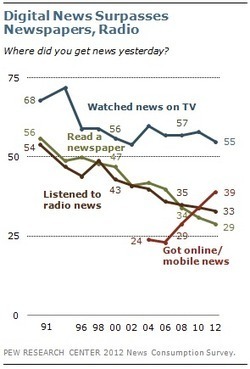Academic publisher Springer Nature has unveiled what it claims is the first research book generated using machine learning.
The book, titled Lithium-Ion Batteries: A Machine-Generated Summary of Current Research, isn’t exactly a snappy read. Instead, as the name suggests, it’s a summary of peer-reviewed papers published on the topic in question. It includes quotations, hyperlinks to the work cited, and automatically generated references contents. It’s also available to download and read for free if you have any trouble getting to sleep at night.
“a new era in scientific publishing”
While the book’s contents are soporific, the fact that it exists at all is exciting. Writing in the introduction, Springer Nature’s Henning Schoenenberger (a human) says books like this have the potential to start “a new era in scientific publishing” by automating drudgery.
Schoenenberger points out that, in the last three years alone, more than 53,000 research papers on lithium-ion batteries have been published. This represents a huge challenge for scientists who are trying to keep abreast of the field. But by using AI to automatically scan and summarize this output, scientists could save time and get on with important research.
“This method allows for readers to speed up the literature digestion process of a given field of research instead of reading through hundreds of published articles,” writes Schoenenberger. “At the same time, if needed, readers are always able to identify and click through to the underlying original source in order to dig deeper and further explore the subject.”
Although the recent boom in machine learning has greatly improved computers’ capacity to generate the written word, the output of these bots is still severely limited. They can’t contend with the long-term coherence and structure that human writers generate, and so endeavors like AI-generated fiction or poetry tend to be more about playing with formatting than creating compelling reading that’s enjoyed on its own merits.



 Your new post is loading...
Your new post is loading...












Alexa, listen to me, not the TV !